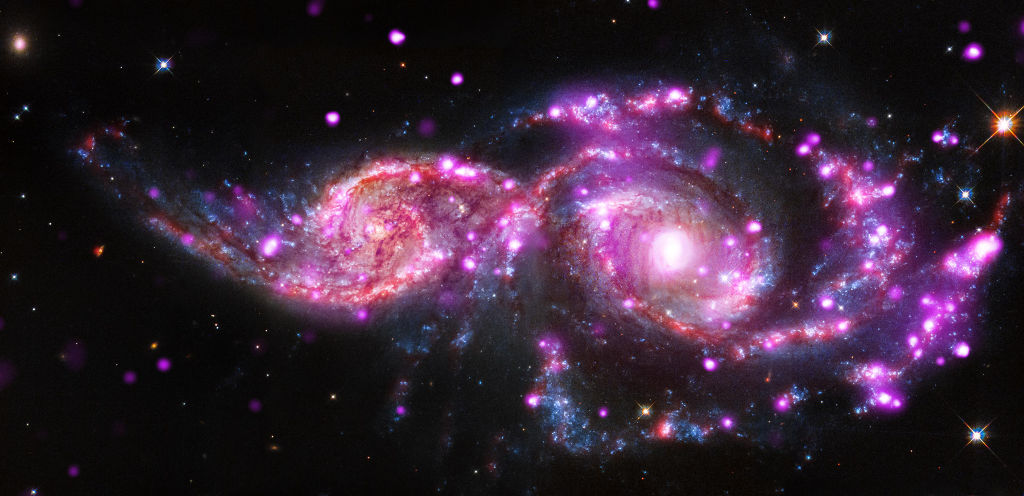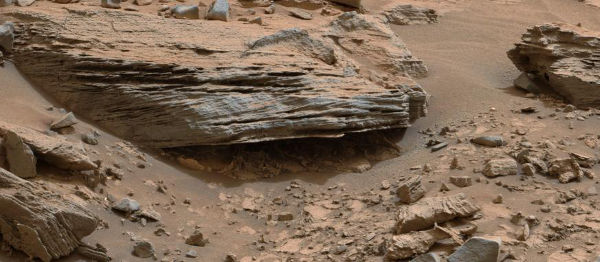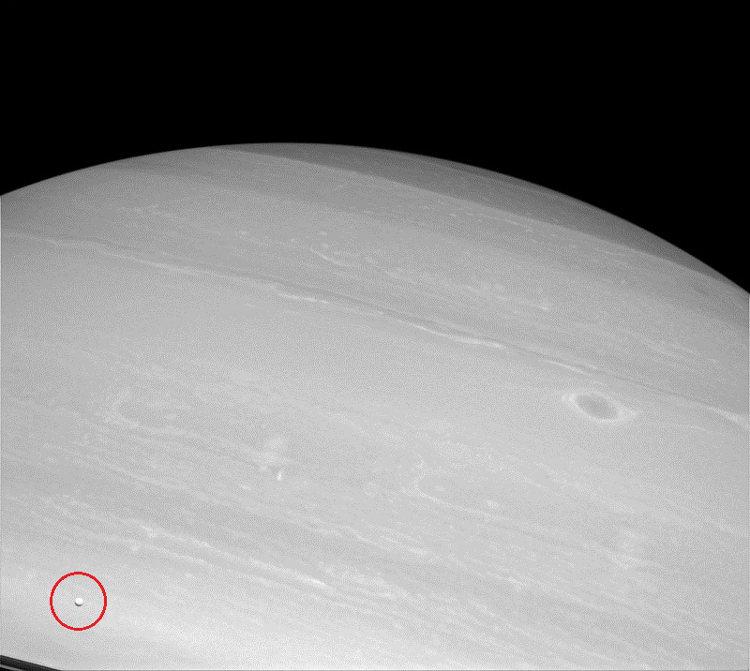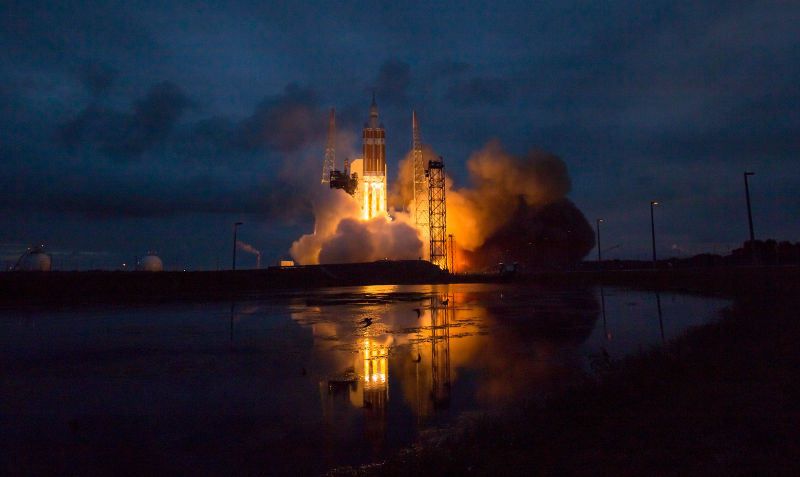
A perfect picture in time for the holidays. Whether you celebrate Christmas, Hanukkah, Kwanza, Festivus (or something else or nothing), this time of the year has a festive vibe in many places across our world and maybe even out of this world. This composite image from constellation Canis Major shows spiral galaxies in a one of a kind light show. NGC 2207 and IC 2163 are about 130 million light years away from Earth and were captured by three NASA missions. The x-ray spectrum data was provided by Chandra X-Ray observatory; visible spectrum by Hubble Space Telescope and infrared spectrum data by the Spitzer space telescope.



